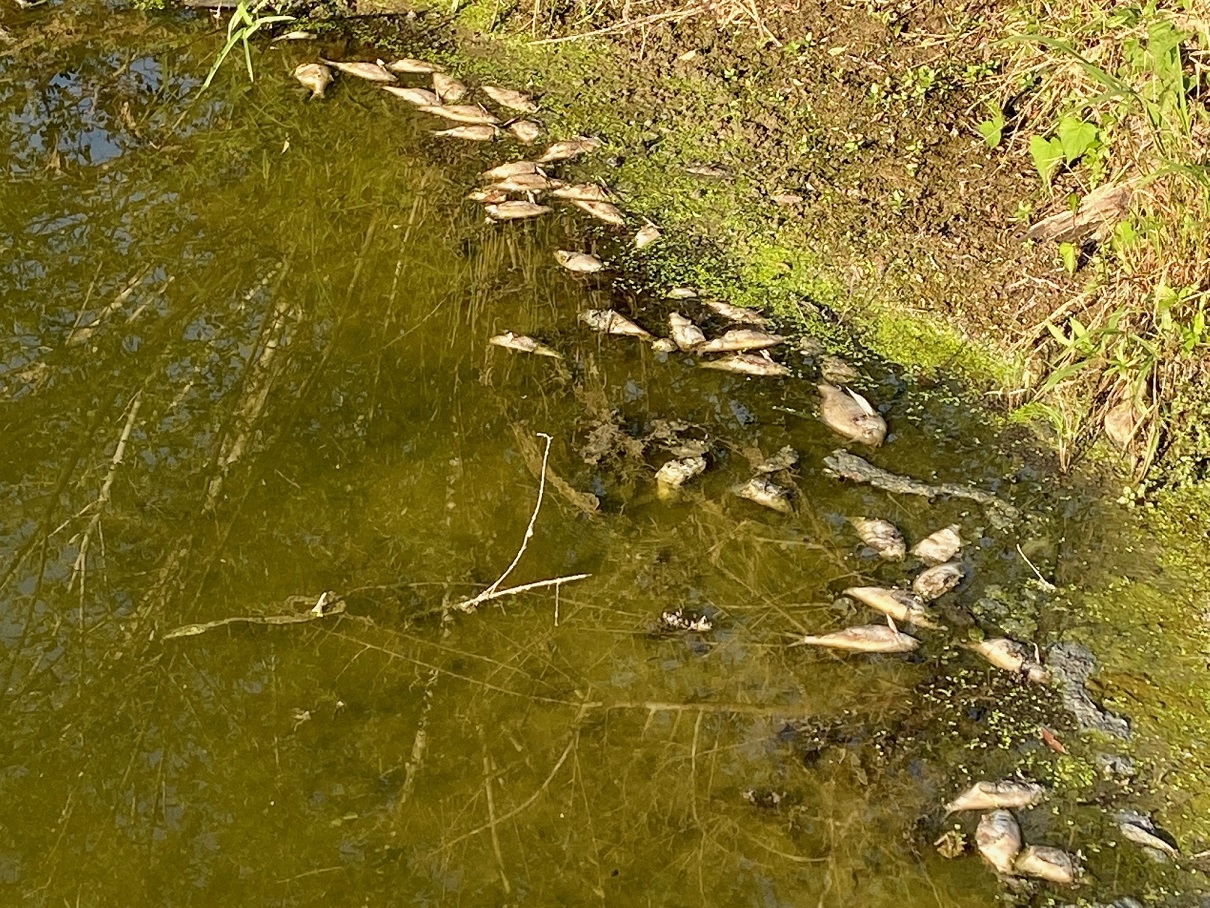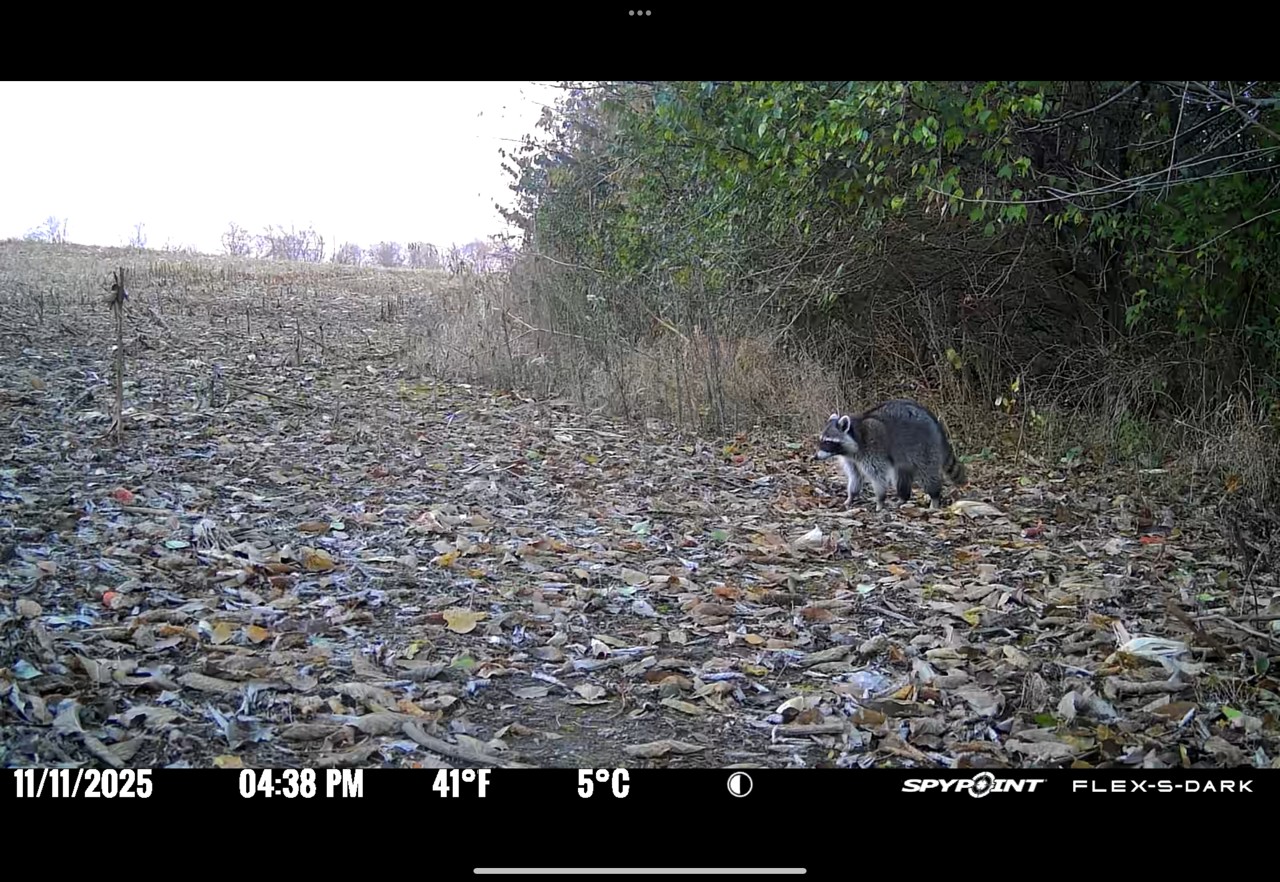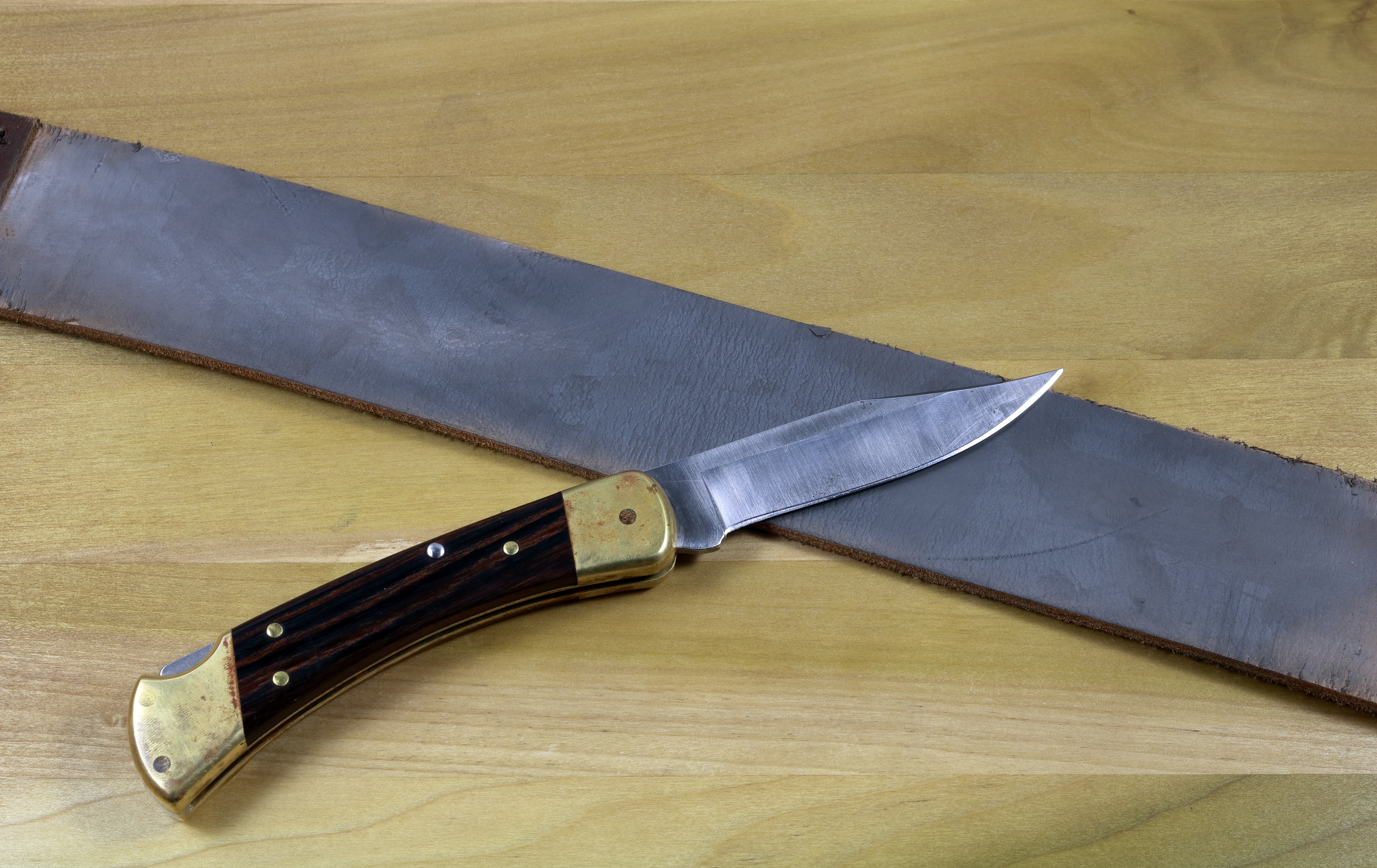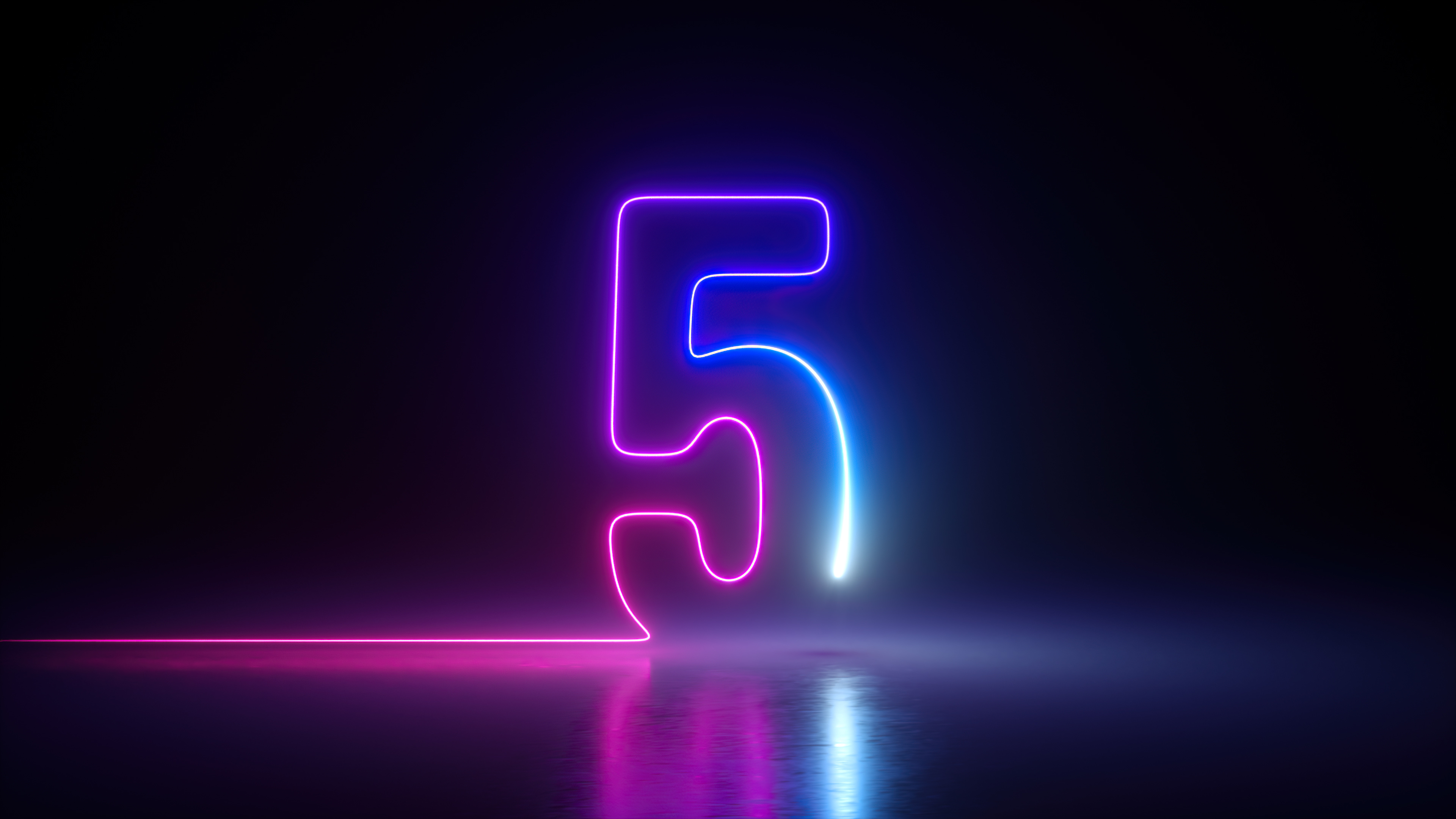
When your favorite fishing hole takes a beating or completely dies, what next? If it's a managed waterbody, diagnose and then begin the rehab process to get things back to normal.
Four years ago the weeds started showing up, some kind of spindly vegetation that isn’t the same as the slimy algae in some waterways. My first thought was “Cool!” as I caught bass with a topwater frog on top and Texas-rigged tubes or craws underneath.
A year later, there was more vegetation along with evidence of some kind of animal. We determined it was an otter. Not good for fishing, but otters do what they do — eat fish. The third year, vegetation had completely overtaken the pond. Fishing still was decent, but obviously with only a couple of lures and with fewer in the population. The otter still was around.
Last year, the owner put in chelated copper at the appropriate doses to squelch the vegetation. Then the spring rains came, followed by drought and high temperatures early in summer. The vegetation was gone. The lake started losing water to evaporation. By late May things looked dire.
I visited one afternoon and the man who cuts the pastures for hay pulled up to get a tractor. We looked at all the dead bass, bluegill, crappie and other forage around the bank. He said the day before he’d never seen as many buzzards in one spot, all of them feasting on the dying or dead fish. I could see heads and skeletons in the clear water, and a few on the bank.

What happens when your pond dies? Unless you get ahead of it, you lose it. You start over. Mother Nature isn’t always kind, and even your best efforts it may not be enough. Sometimes you get handed a blank slate and have to start over.
I didn’t mind the crappie being gone, because crappie in a small pond are voracious feeders and reproduce prolifically. What seems like fun, catching eating-sized slabs, can become frustrating when you catch nothing but stunted crappie. They eat bluegill and bass fry. Before long you’re left with a messed-up situation. So, I’m glad they died.
But not so much the bass, bluegills, shad and grass carp. A balance of those is important, as is water quality. Starting over isn’t terrible but it’s not optimal. Management is critical, just as it is for our other outdoor pursuits for deer, turkeys, waterfowl and upland birds. Predator management, for example, helps those species. Timber and grassland management is part of the equation, too, should those be in your plans.

Eyes on the Property
If you have a lake or pond on your property, or can regularly visit the one you fish in, keeping tabs on what’s happening can be tough. But it’s not impossible.
One possibility for absentee landowners is to have a good neighbor nearby who can drop by occasionally. Granting permission to fish, or perhaps hunt or take the kids for outdoors fun, is one good gesture. It’s always good to have good neighbors, although we all know that’s not always an option. When it is, though, take advantage of it.
Another better option is to use cellular cameras around the pond. You can mount these on a tree, if there are any, or a T-post along the bank. Today’s cell cameras provide instant feedback by sending images and video to your phone. Along with seeing if any critters are going wild, such as otters feasting on your fish, you can keep tabs on other predators or trespassers.
Being able to hide the camera is a plus, of course. The T-post method doesn’t really allow that unless you’re creative. Still, it’s an option you shouldn’t overlook or dismiss. I’ve received images from my Flex of coyotes, raccoons, bobcats and otters in the woods along a creek near my life-support pond. Those let me know that I need to do some work on predator control.
The pond, this year, now in Year 5, is back at full level. The invasive vegetation hasn’t returned, which is good. But the drought and high heat last summer killed almost all the fish. After the Day of the Buzzard last year, I caught one bass the rest of the summer. Restocking would be needed, no doubt.
I was buoyed, however, this spring to see small minnows flitting about the shoreline. Something survived, which is good, to at least be part of the food chain. My cameras haven’t shown any more otters, which also is good. I suspect a raccoon or two occasionally seeks a meal based on the distinctive paw prints in the mud. So be it.
In March, one day on a lark, I threw a small Berkley Money Badger crankbait to give it a test. It’s new and I wanted to see how it looked in the water. Lo and behold, I caught a bass. A 10-inch bass, feisty and beautiful. And then I caught a second one, and had a third flash on it near the bank.
Not all is lost. I’ll still restock the lake, and add some more brush for cover. I’ll probably add another cell camera for more info. But I’m not totally distraught, thanks to a few hearty bass that survived. When your lake dies, or is on life-support, you start over and hope for the best.
Article and Photos By Alan Clemons



